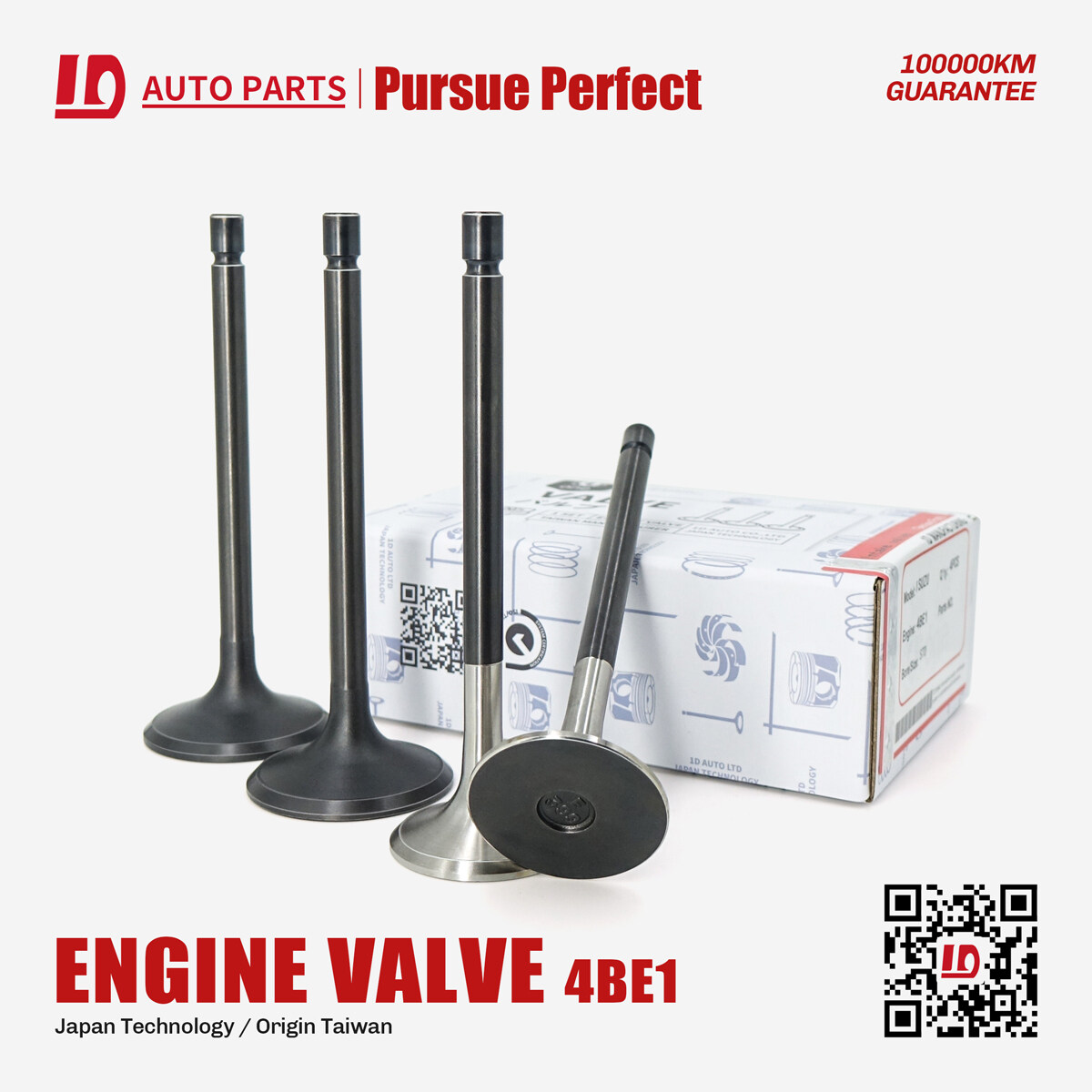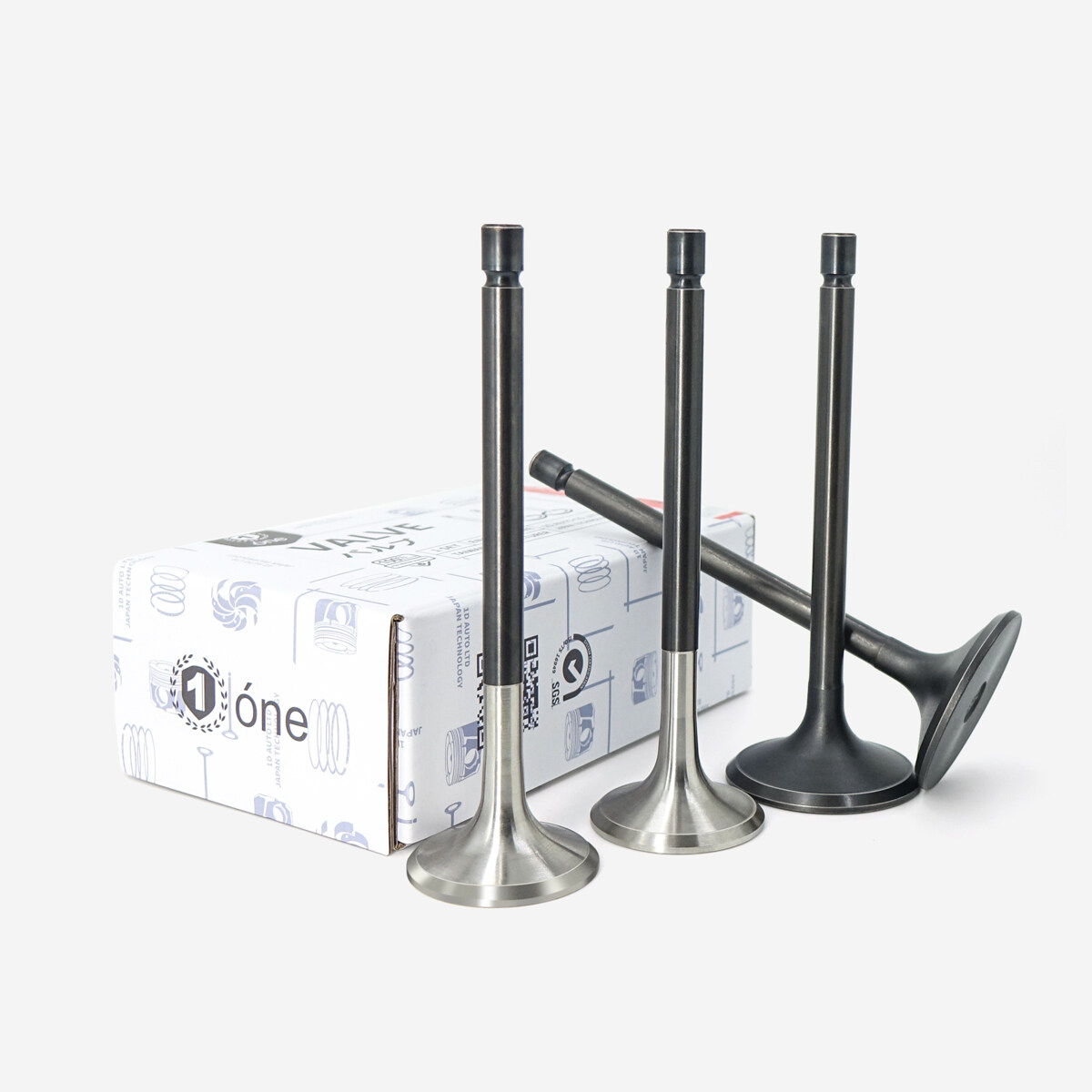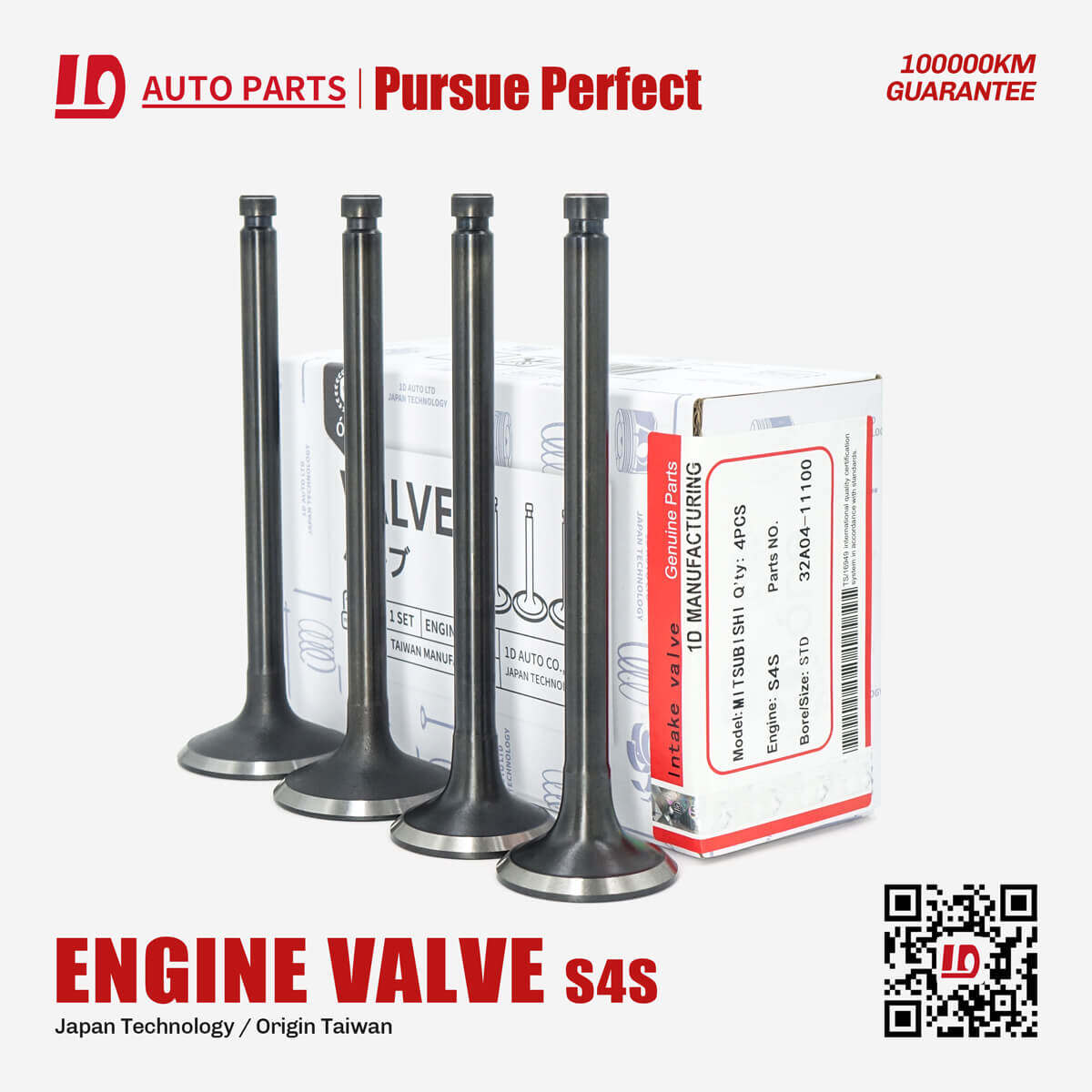
Privacy statement: Your privacy is very important to Us. Our company promises not to disclose your personal information to any external company with out your explicit permission.
1. What Is the Function of Engine Valves?
The cylinder head houses the engine valves. The Engine Valve`s primary function is to allow air into and out of the cylinder. Air is used to assist in the ignition of the fuel, which pushes the pistons up and down.


5. What are the Types of Engine Intake Exhaust Valves?
The following are the three types of engine valves: Valve with a poppet. The valve on the sleeve Valve with a rotary action.In a dirt track or drag racing engine, an exhaust valve that may endure for years and 150,000 miles or more in a typical passenger vehicle engine might only last a season or two.

LET'S GET IN TOUCH
Copyright © 2024 1D auto parts All rights reserved. Privacy Policy

Privacy statement: Your privacy is very important to Us. Our company promises not to disclose your personal information to any external company with out your explicit permission.

Fill in more information so that we can get in touch with you faster
Privacy statement: Your privacy is very important to Us. Our company promises not to disclose your personal information to any external company with out your explicit permission.